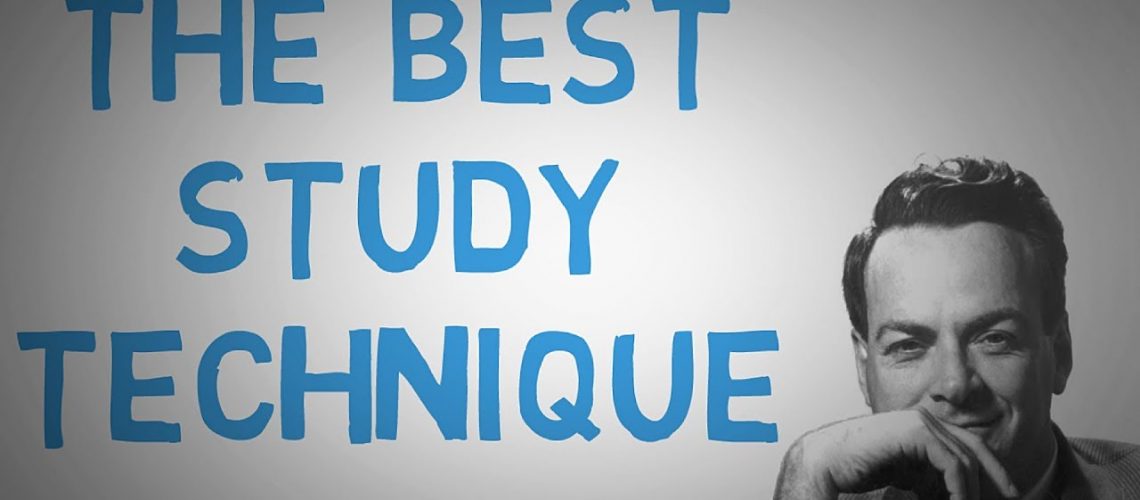The Feynman technique is designed to help you pretty much learn anything — to understand concepts you don't really get, remember stuff you have already learnt, or study more efficiently.
Video by BetterThanYesterday
Key Takeaways
“If you can’t explain it simply, you don’t understand it well enough.”
The Feynman technique is a mental model named after Richard Feynman. He was a Nobel Prize winning physicist who was also called “The Great Explainer” for his ability to explain complex ideas to others in a simple way.
The Feynman technique is designed to help you pretty much learn anything — to understand concepts you don’t really get, remember stuff you have already learnt, or study more efficiently.
The basis of his technique is to explain a concept in plain, simple language.
You can read something and hope that it will all stick into your brain for future application. Or you can read it and write down what you just learned, as if you were teaching it to someone else and actually retain it.
In other words, implement a more “active” way of learning, which takes slightly more work, but is very efficient for remembering information. With this method, you discover all the areas that need improvement and can go back to focus on those weak points.
Once you can explain an idea in simple language, you have deeply understood it, and will remember it for a long time.
The Four Steps
Step 1
Write the name of the concept at the top of a blank piece of paper.
Step 2
Write down an explanation of the concept on the page in plain English.
- Pretend you are teaching it to someone else, for example to a student.
- Ideally write and speak at the same time just as a teacher does it at the blackboard.
- This should highlight what you understand, but more importantly pinpoint what you don’t quite know.
Step 3
Review what you have pinpointed you can’t explain and repeat step 2.
- Go back to the source material, re-read, and re-learn it.
- Repeat that process until you have explained the whole topic from start to end.
Step 4
If you are using overly wordy or confusing language try again so you filter the content.
- Simplify your language, and where possible use simple analogy.
- If your explanation ends up being confusing, you probably don’t understand it well enough and should start again.
- You should make it so simple a 5 year old could understand it.
That’s it. A simple and powerful technique to ensure you can rapidly learn and retain new concepts and information.

